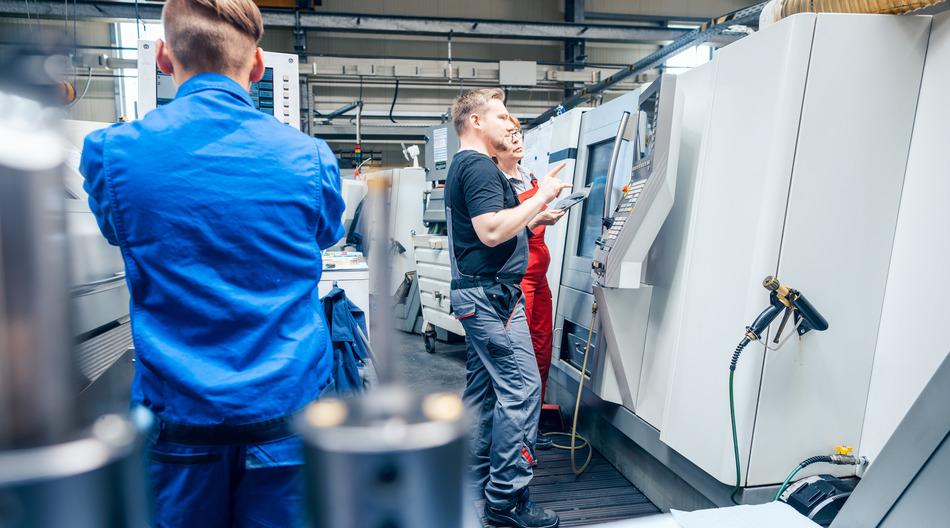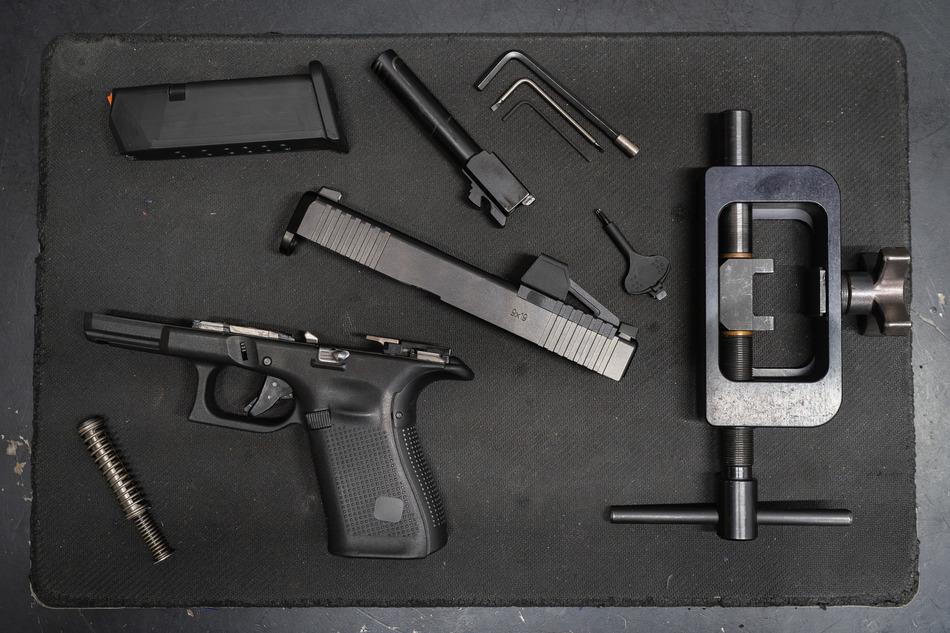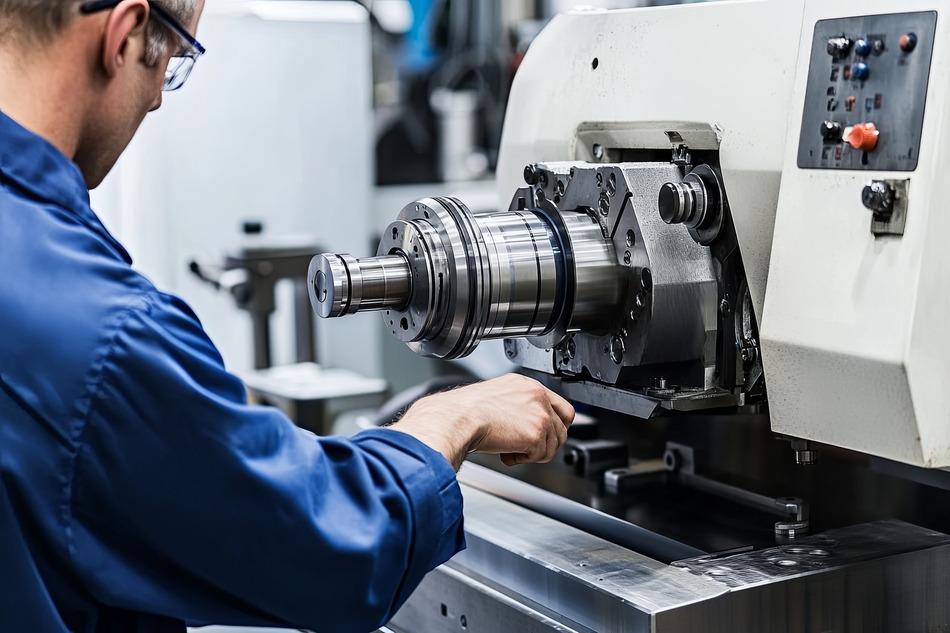Bore Lathe Repairs: Signs of Wear & Fixes
A bore lathe is one of the most important machines in heavy machining environments. It’s used to shape and restore internal diameters in large parts—something a standard lathe just can’t do.
When a bore lathe isn’t working properly, your shop can experience major delays, poor-quality parts, or even unexpected downtime.
Why Does It Matter?
Downtime is expensive. That’s why keeping your bore lathe in good shape with regular checks and timely repairs is so important.
In this article, we’ll walk you through the most common signs of wear, the repairs most shops need, and how to prevent problems before they start.
What Is a Bore Lathe
A bore lathe is built specifically for internal turning. It’s used when a part—like a hydraulic cylinder, engine housing, or turbine ring—needs the inside diameter machined to a very tight tolerance. These machines often have a larger spindle bore than standard lathes, allowing them to accommodate long bars and internal tools. You’ll find big bore lathes in industries like:
- Oil field services
- Aerospace
- Heavy equipment manufacturing
- Power generation
What makes a bore lathe different? Unlike a standard lathe that turns the outside of a part, a bore lathe works inside it. It uses a boring bar to cut or smooth the interior surfaces, while components like the cross slide ensure accurate, stable tool movement. Because these parts are often large, heavy, and critical, the bore lathe must stay accurate—even after years of use.
5 Signs It’s Time for Bore Lathe Repairs
Bore lathes don’t just break down overnight. Most problems build up slowly—and if you spot them early, you can avoid major repairs. Here are five signs that your bore lathe may need service:
Unusual vibration or noise
If the machine shakes or makes strange sounds while running, the spindle bearings or boring bar could be worn or out of alignment.
Rough bore finishes
A clean, smooth finish is the goal. If the bore looks scratched, rippled, or uneven, your lathe may be struggling with precision or stability.
Losing tolerance
If you’re struggling to stay within spec—especially on repeat jobs—it could be due to worn slides, misalignment, or problems with the cross slide or bar mount.
Visible scoring or misalignment
Check the boring bar, guide rails, and machine housing for signs of wear. These indicators often point to underlying mechanical issues.
Declining part quality
If you’re seeing more rejected parts or inconsistent cuts, it’s time to take a closer look at your bore lathe’s overall condition.
Common Bore Lathe Repairs and When to Do Them
When performance drops, here are some of the most common fixes that can restore accuracy and function:
Replace or recalibrate the boring bar
A worn or off-center bar can cause tapering and surface inconsistencies.
Resurface the slideways or guide rails
Over time, friction and vibration wear down these contact points. Resurfacing restores smooth movement and better control.
Replace spindle bearings
The spindle bore houses rotating parts under constant stress. Replacing worn bearings reduces vibration and extends spindle life.
Realign the headstock or tailstock
Misalignment throws off cutting geometry. Realignment is a quick way to bring accuracy back.
Tune or upgrade control systems
Outdated software or sluggish controls can limit your machine’s potential. Upgrades allow faster, smoother, and more accurate operations.
Not sure whether to repair or replace? If your machine is structurally sound and the wear is isolated, repair is often more cost-effective. But if multiple components are failing, it might be time to explore replacements—especially with big bore lathes that handle high-volume production.
How to Prevent Bore Lathe Wear
Preventive maintenance can save thousands in unexpected repairs. Here’s how to extend your bore lathe’s service life:
Perform regular inspections
Include vibration checks, bore alignment, and visual inspections for wear.
Lubricate thoroughly and consistently
Poor lubrication leads to heat buildup and component wear, especially on the cross slide, ways, and bearings.
Maintain the coolant system
Clean filters, functioning pumps, and proper fluid levels help avoid overheating and part warping.
Use correct tools and speeds
Match tool geometry and feed rates to the material to prevent chatter and reduce machine strain.
Train operators on proper setups
Incorrect setups are one of the leading causes of spindle damage and bar misalignment.
Don’t Wait for a Bore Lathe Breakdown
Your bore lathe is a vital part of your operation—especially in oil field, aerospace, and heavy equipment shops where part precision can’t be compromised. By watching for early signs of wear and staying on top of routine service, you’ll keep your machine cutting clean and running strong.
At In-House CNC, we specialize in bore lathe repairs, inspections, and precision alignments. Whether you’re working with legacy machines or modern big bore lathes, we’ll help extend machine life and improve cutting accuracy.
📞 Contact us today at (951) 540-4820 to schedule a bore lathe repair consultation or preventative maintenance checkup.




